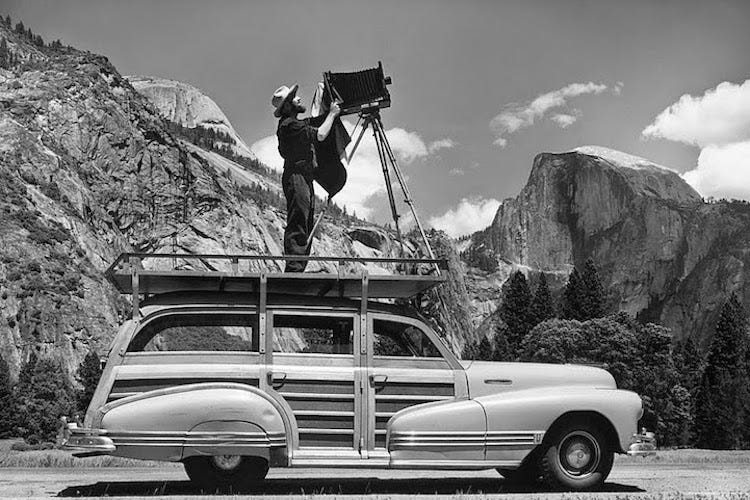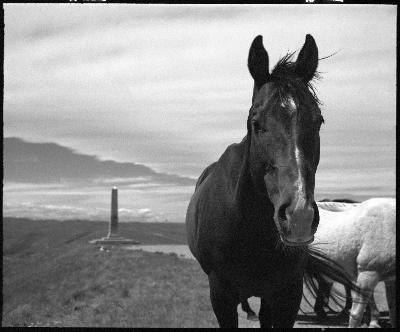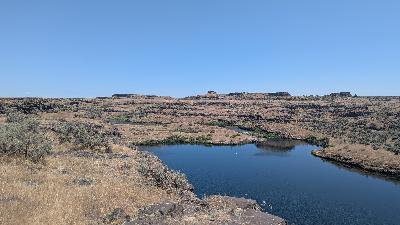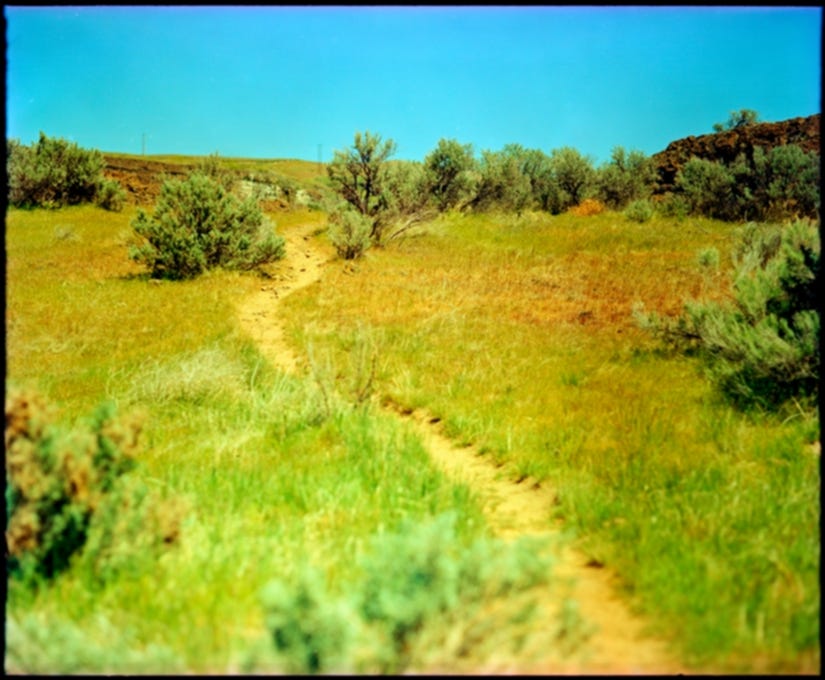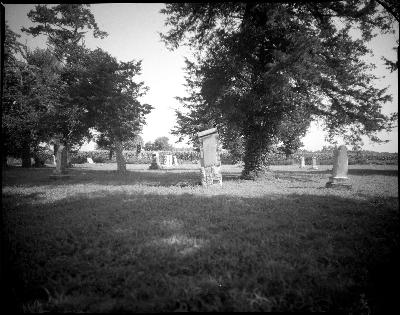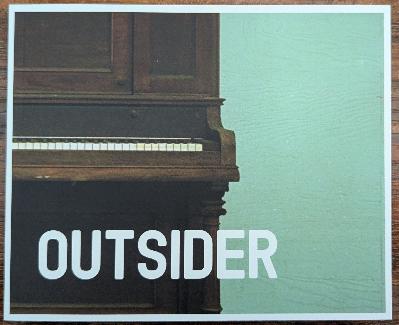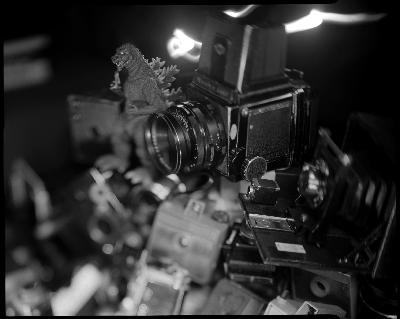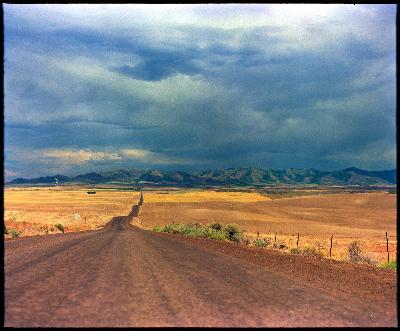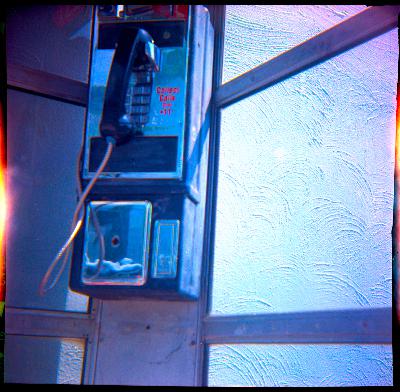Take a Picture Vs. Make a Picture: A Pretty Dumb Debate
Description
“You don’t take a photograph,” a young Ansel Adams might have said, “you make it.”
This is probably Adams’s most famous quote. And, it’s usually just something rattled off by your photography professor because it sounds deep and you gave them a bunch of money, and they have to say something at least a little profound-ish. And you were young and impressionable. You’d buy anything.
It’s used by a thousand semi-professional photographers trying to convince their potential clients that they’re doing something different, something more thoughtful.
But was Adams really trying to be profound or obtusely philosophical? Was his meaning truly the chasm of profundity we seem to believe it was? Or is this quote just photography’s “Not all who wander are lost”?
Ansel Adams thought that the act of photographing something should be a process, something well-considered, crafted. And it’s hard to disagree with that.
And yet, it always seems a bit cringe when I hear “You don’t take a photograph, you make it.” This could be my own hang-up, assuming that the person saying or writing it was being precious and pious. It sounds pompous and inflated with self-importance. This is because it often is.
Let me get this out of the way right up front. This is a pet peeve of mine. And since it’s a pet peeve, it means that I don’t have to care about your rational opinion of this because I fully understand that my opinion may not be rational. More importantly, I’d rather scan the curliest 35mm negatives than argue with someone about this. And no, you don’t have to listen to me and my dumb opinion, but here you are.
Etymology for Fun and Profit!
When we say “I am making a picture,” what we’re really attempting to say is that we have given this subject, this scene, or whatever we’re photographing some thought. We’re not just taking a throw-away snapshot. I don’t think that’s how Adams meant it, but we’ll get to that soon enough.
First, I want to dig into the words “take” and “make.” They rhyme, and that’s a big clue to solving this mystery of why some of us say that we “make” a photograph. And we’ll get to that later too.
One of my other pet peeves is writers who begin an essay, “the dictionary defines” whatever they’re talking about. It’s lazy, it’s poor form, and I know attacking it is an easy target, but that doesn’t mean it shouldn’t be a target.
This, however, is different. We’re talking about two words that are, in the case of photography, almost interchangeable. Regardless of which one we use, we are exposing some chunk of photosensitive material to light. Both words describe the same action.
Both words, however, are very different, with wildly contrasting connotations. When we “take a picture,” it’s quick and thoughtless, but when we “make a picture,” it’s full of intention and purpose.
Historically, the words “take” and “make” are roughly the same age. “Take” comes from early Scandinavian, and we got “make” from one of the old Germanic languages. Both were welcomed into Old English a long time ago.
The definition of “take” is pretty straightforward. According to the Oxford English Dictionary, “take” means “To seize, grasp, or capture something.” The original definition generally refers to capturing a town or vessel during wartime. But all of our basic definitions for “take” are drawn from this idea.
The definition for “make” is “to bring into existence by construction or elaboration.” It goes on: “To produce (a material thing) by combination of parts […] to construct, assemble, frame, fashion.” “Make” is about production, about the material produced. It’s the end result of whatever we’re doing.
Even now, we can see how “take” and “make” both have their parts in what we do. We “take” or capture a picture. We “make” or produce a material print.
Taketh a Likeness
But let’s go a little farther. Why did we ever say “take a picture”?
While it’s impossible to know who coined the term, it was first used in relation to imagery in the early 1500s. This was 300 years before the invention of photography. In the letters of Sir Thomas Cromwell, he mentions that someone would visit and “see his daughter and also take her picture.”
In this case, “take” meant “to paint” a portrait. Throughout the following centuries, we see this usage again and again.
Francis Meres complained in 1597 about someone “With such trimming and setting, and smoothing and correcting, as if ye meant immediately to have your pictures taken.”
Oliver Goldsmith wrote of a “limner, who travelled the country, and took likenesses for fifteen shillings a head” in 1767. [Side note: the word “likeness” meaning an image or painting, dates back to well over 1000 years.] [Also, a limner was someone who illustrated a manuscript.]
When photography came around, they just continued using the same word: take.
In an 1839 article about Louis Daguerre (one of the inventors of photography), an author wrote about his daguerriotypes, “Some of his last works have the force of Rembrandt's etchings. He has taken them in all weathers—I may say at all hours.”
The same word, “take,” was also used in early cinematography. “The biograph people came down from New York and took moving pictures of the ten-seater [bicycle],” wrote the Denver Evening Post in 1897.
To be fair, “make” did show up from time to time when talking about paintings, but it does seem to have been pretty rare, and always in the past tense, often in the distant or ancient past.
What we don’t see, however, is any reference to “making a photograph” prior to Ansel Adams in 1935. This is because, I believe, it was Ansel Adams who started this in his 1935 book Making a Photograph. It was Adams who redefined the word “make,” and all joking aside, that’s commendable.
But I don’t think he was using the word as we use it today, I think we’ve redefined it even further, twisting it and his quote to suit our own ideas.
Language is constantly changing. When I was growing up, “out of pocket” meant hat you had to pay a bunch of money because your shitty insurance wouldn’t cover something they said they would. Now it means ridiculous or crazy, though in retrospect, I see the connection.
There are two types of people when it comes to definitions and word usage: prescriptivists and descriptivists. Prescriptivists want words and meanings to remain as unchanged as possible. They want unchanging grammar, standardized usage, and regular spelling. Descriptivists look at how language is actually used rather than how it’s “supposed” to be used.
Normally, I am more of a descriptivist. I understand the need for standarization when it comes to writing, but languages are fluid and constantly changing. I love looking back through etymologies and seeing how usage and definitions have changed over the years and centuries.
But not here. Again, this is a pet peeve. I won’t be budging. With the take vs. make argument, I’m a prescriptivist. It’s take. Always has been.
However, the descriptivist part of me finds it a little interesting to see how the usage of “make a photograph” has slipped since Adams said it in 1935.
The Original Quote
But there’s something more to this. We’ve taken a look at the quote (“You don’t take a photograph, you make one”), but I haven’t told you the whole quote, the full context.
Are you ready? Because I don’t think you are.
“The unique quality in photography is a combination of rigidity, based on the pure physical, scientific facts of life, and the possibility of controlling that rigidity. You don't take a photograph, you make it. Expression is the strongest way of seeing.”
This appeared in a 1979 issue of Time Magazine. The quote is not sourced, but I believe it comes from his 1935 book, Making a Photograph. Ansel Adams was a wonderful photographer, but his writing leaves much to be desired.
I spent hours upon hours trying to source this quote to no avail. What I also found is that the quote we know, the “You don’t take a photograph, you make it,” doesn’t show up on its own until after his death.
For how often it’s quoted, and for how much it’s associated with Ansel Adams, you'd think that this was some motto he repeated constantly. That his friends would all roll their eyes and leave the room, "oh god, Ansel’s going on about making a photograph again!”. You’d think he had it tattooed on his chest. With a few buttons missing, just across his bulging pecks you could read “you don't take a photograph, you make it."
This was something he said of course, it was something he believed, I guess, but it wasn't central to anything he did.
The more I consider it, the more I think that while Ansel Adams said those words, he had no idea how far-reaching an impact they would have. It was just a clunky sentence lost among other clunky sentences.
The photography community seems to have co-opted his words and memories, making the quote what it is today. We gave it a different meaning. We completely changed the intent. Ansel Adams had very little to do with what is his most famous quote.
A Bit About Adams & Pictoralism
When Adams started taking photography seriously in the early 1920s, he had just missed the war going on in the art world. In the early days, photography was largely used to document things and for portraiture. It was not seen as an art, especially not on the level of painting.
Photography was a science. You needed certain chemicals in specific amounts, there were beakers and bubbling sounds, every darkroom was a laboratory. Most painters saw photography as a rigid science, not as an art. Hell, most photographers agreed.
But around 1880 that started to change. S

